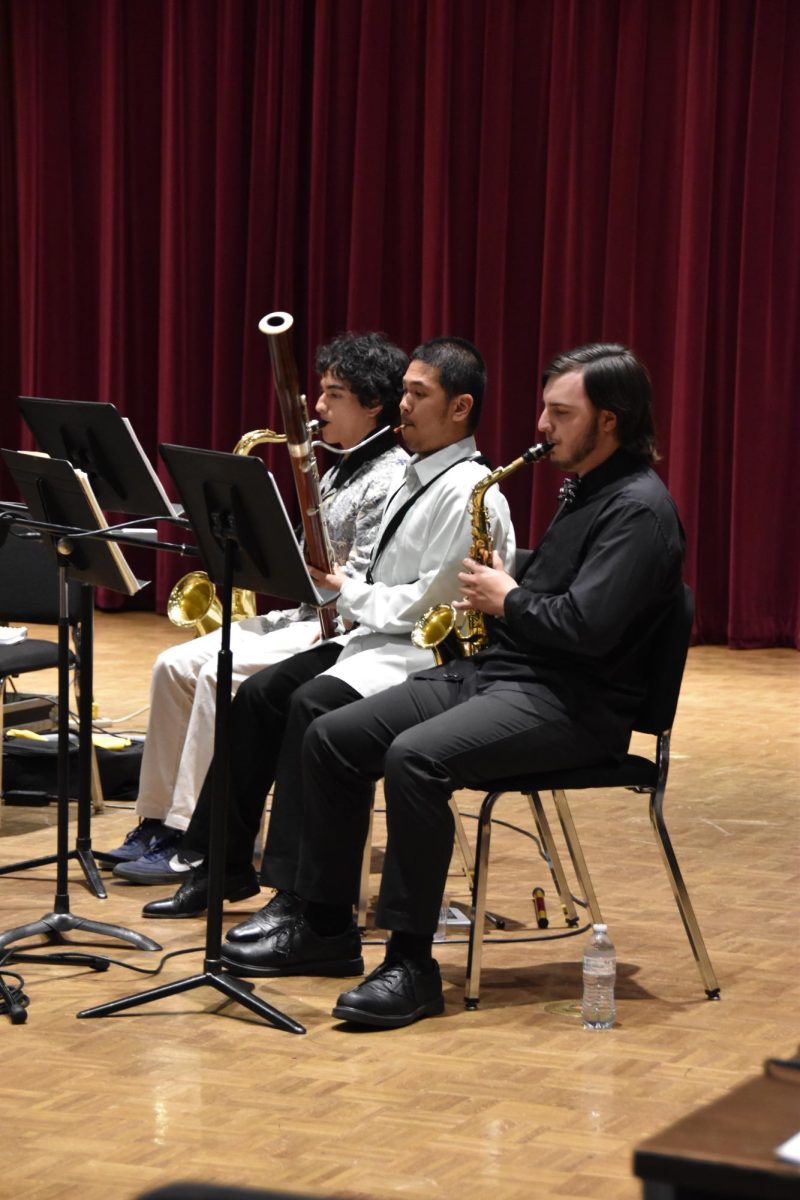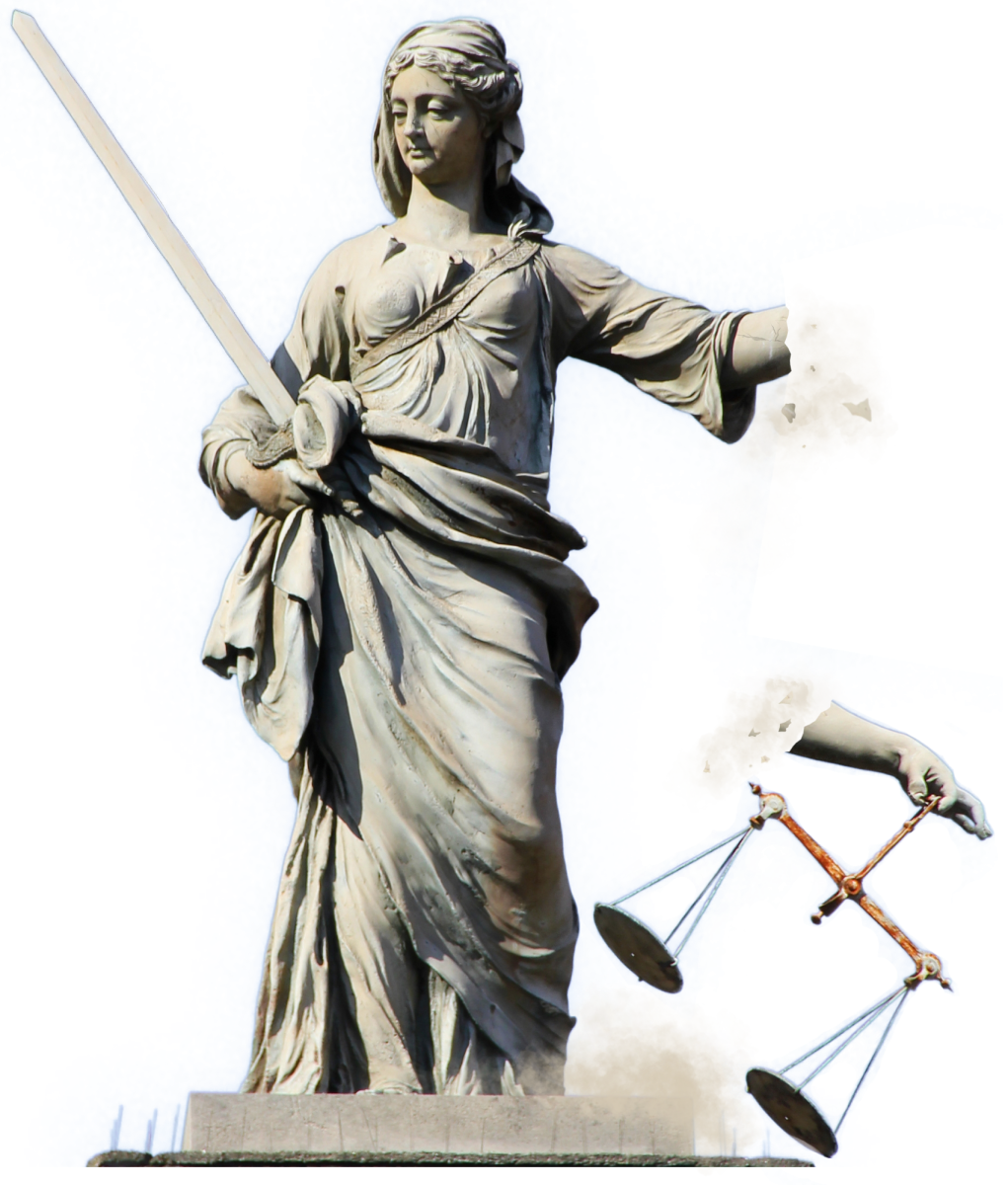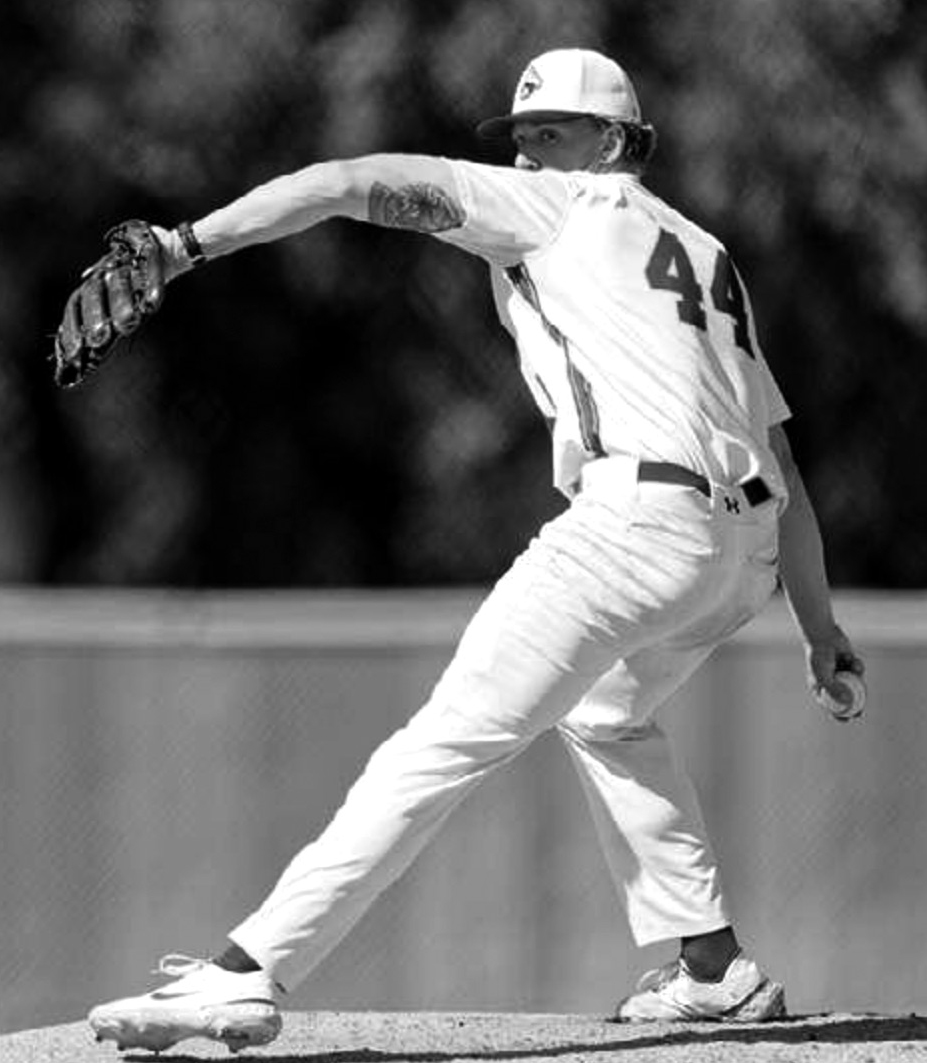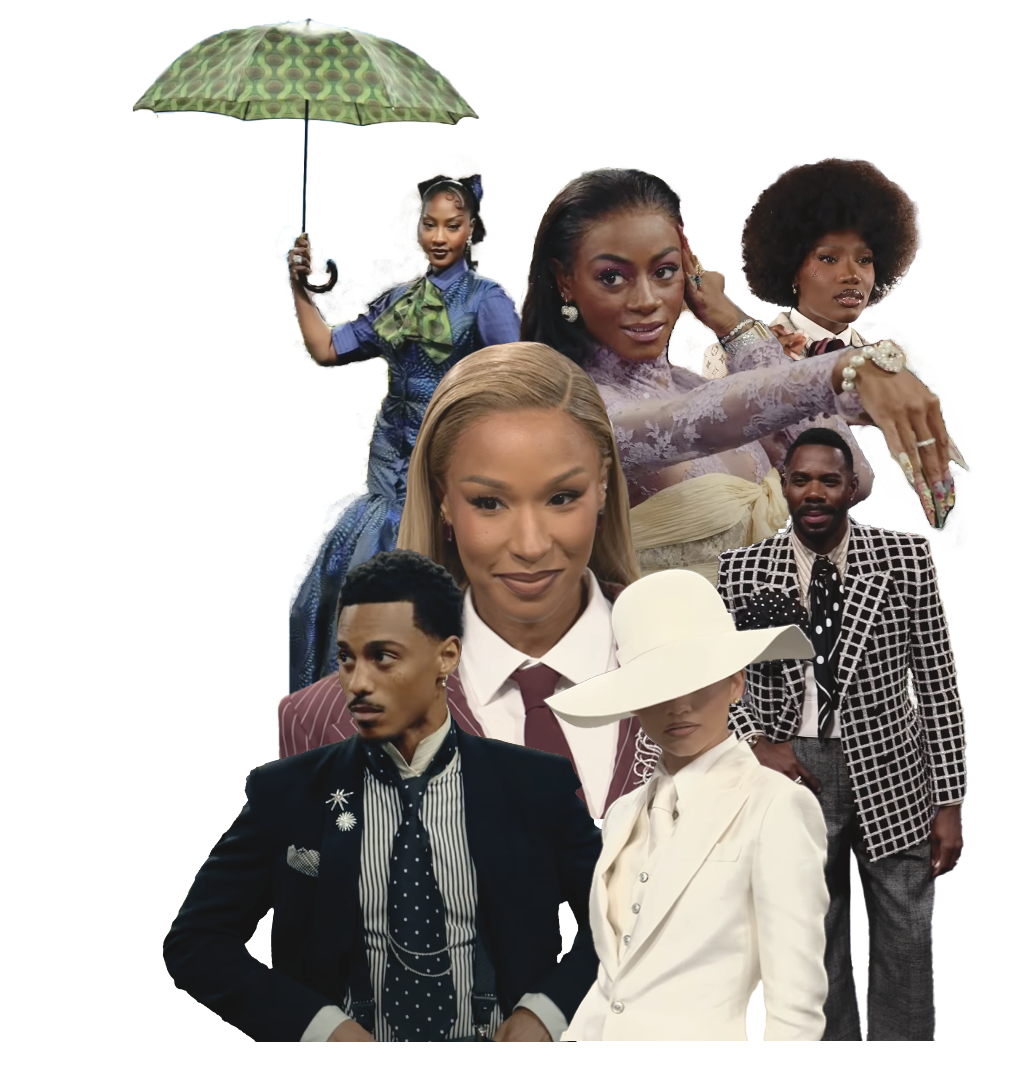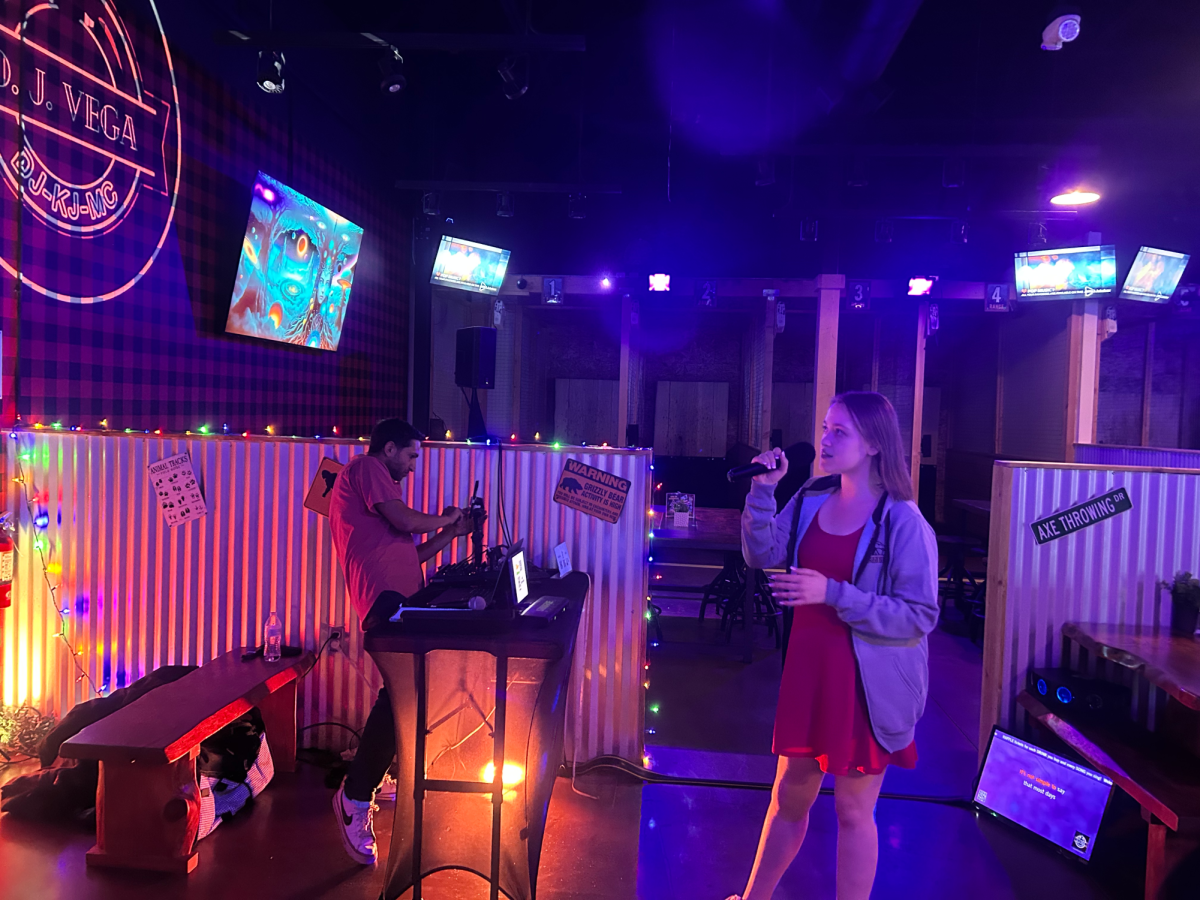Los Medanos College witnessed a series of impactful events in November 1974, showcasing the challenges of campus life half a century ago.
In a striking exercise designed for the nursing program, students created lifelike injuries that mimicked gunshot wounds, complete with realistic makeup effects.
The exercise aimed to prepare nursing students for real-life emergency scenarios — however, it inadvertently caused chaos on campus. Many onlookers believed the wounds were genuine, prompting some students to contact the Pittsburg Police Department for help.
Even after police arrived and were informed of the situation by faculty advisers, numerous students remained convinced of the reality of the injuries, demonstrating the profound impact of the simulation.
On November 8, 1974, LMC President John Carhart convened a meeting to establish selection criteria for the advisory cluster positions — a counseling system that involves educators and small groups — from a pool of 37 student applicants.
The criteria focused on achieving gender balance and ethnic diversity, reflecting the college’s demographic of 70% Caucasian and 30% minority students, appropriate age representation and local community involvement.
This initiative highlights LMC’s commitment to inclusivity during a period marked by social change.
Later in the month, a controversy erupted regarding the college’s pep squad. Former language arts instructor Dorhory Buruta raised concerns about the lack of male representation in the squad.
“Why are there no male students here? Am I seeing a modified Miss America contest?” she asked.
Her comments sparked discussions about gender representation and the cultural implications of campus activities especially following resignations from several pep squad members.
In reflecting on these select events from November 1974, it is clear LMC has undergone countless vital changes over the last 50 years.
The nursing exercise showcased advancements in educational training methods, while ongoing discussions about diversity and representation continue to shape the college’s culture today.
The challenges and triumphs of the past serve as reminders of the importance of inclusivity and preparedness in higher education.



